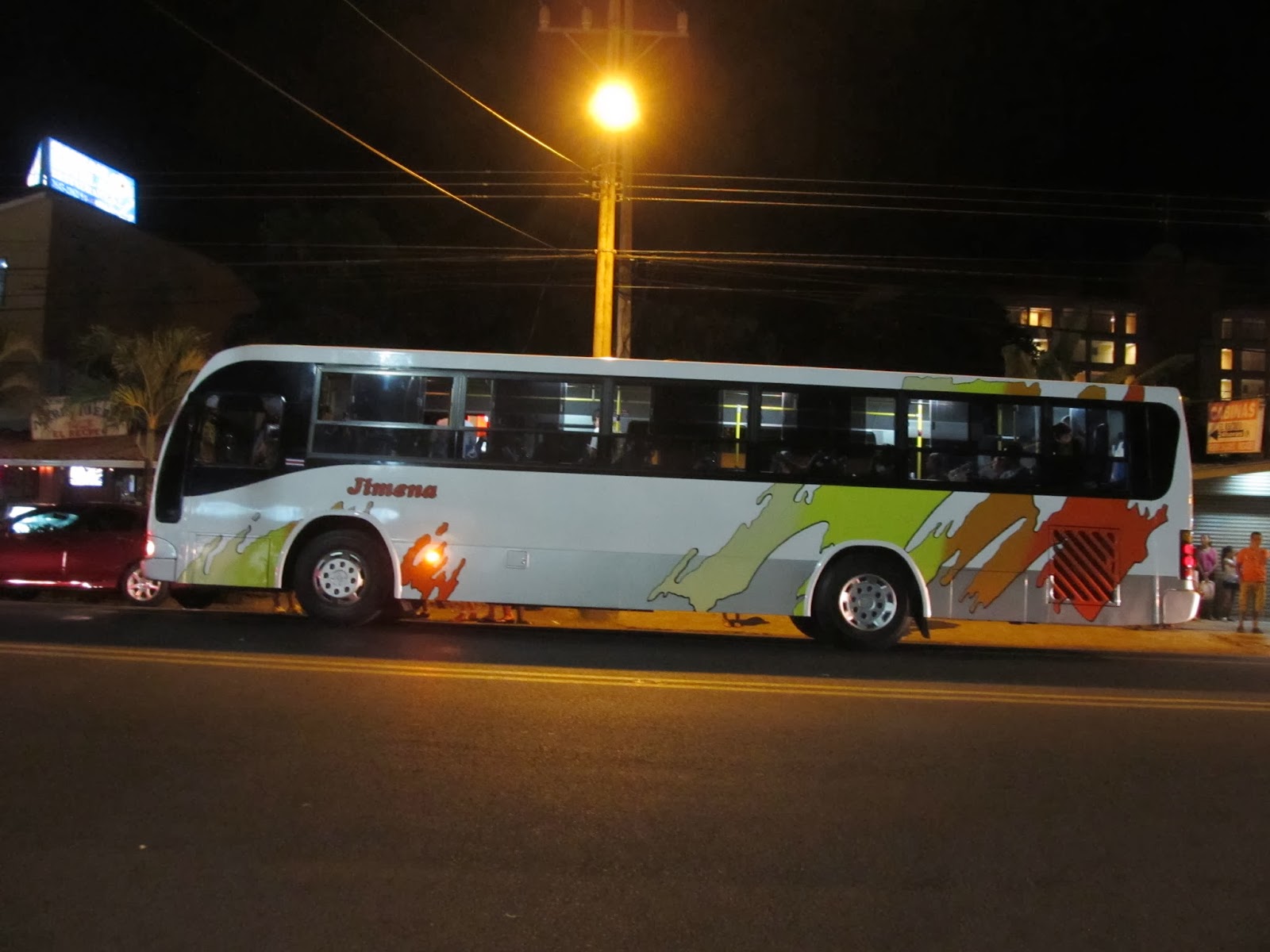Jaco Schools
While Gail and I were riding our bikes around town we saw a group of preschool children cleaning up the street around their school.
.JPG) |
| Clean Up Day |
What a great teaching/learning opportunity. They are being taught lessons in work ethics, responsibility, cleanliness, team work, health and safety habits, pride in their school and their community, recycling, and probably a few more.
Costa Rica does not have an army and has, therefore, been able to make education a very high national priority. In fact, over the last thirty years the Costa Rica government has invested annually nearly thirty percent of the national budget on education. The literacy rate is 96% in residents age 15 and older, and the country has more teachers than policemen.
There are no school buses. It is the responsibility of the parents to make sure the children get to school. The parents can drive them or, the kids can walk, ride bicycles, or take a taxi or public bus, both at discounted student rates. (The public buses here are extremely nice. They are new, clean, and air conditioned.)
 |
| Public Bus |
All students are required to wear a uniform to lessen the economic distinctions among classmates. I am not sure what the ratio of boys to girls is but, if this picture is any indication it is two girls for every boy.
.JPG) |
| Two to One |
Education is free up to the university level. Everyone is required to attend six years of elementary school and three years of secondary school. Through the secondary school they teach five basic subjects--Spanish, math, civics, economics, and physical education.
The public schools teach English as a second language and there are also a large number of private schools that emphasize English.
After finishing the secondary school they then have the option to continue for two or three more years at the high school level (they call it technical school). The amount of time is dependent on the curriculum they choose.
 |
| Jaco Technical School |
An advanced diploma from the technical school is required to enter a university.
The schools/class rooms are very basic. This is the elementary school.
.JPG) |
| Jaco Elementary School |
This is the inside courtyard of the school.
.JPG) |
| Jaco Elementary School |
This is the Secondary school.
.JPG) |
| Jaco Secondary School |
This is their athletic facility (we did see a second building at a different location in addition to this one).
.JPG) |
| Athletic Facility |
The technical school is just down the road from the secondary school. The CTP stands for College of Technical Professionals.
 |
| CTP |
And, at the intersection of the road for all of these schools, is this---
 |
| Police Station |
Costa Rica is working on a program right now to keep more of their students in school longer, to graduate from the Technical School, and go on to a university. Even with the average financial aid package, student loans and possible scholarships, most students will spend $11,000-$21,000 per year at the university, and will graduate $10,000-$22,000 in debt. This is a major detriment to continuing education, just as it is in the US. They have a lot of financial resources dedicated to education here and hopefully will come up with a solution soon.
.JPG)

.JPG)

.JPG)
.JPG)
.JPG)
.JPG)


No comments:
Post a Comment